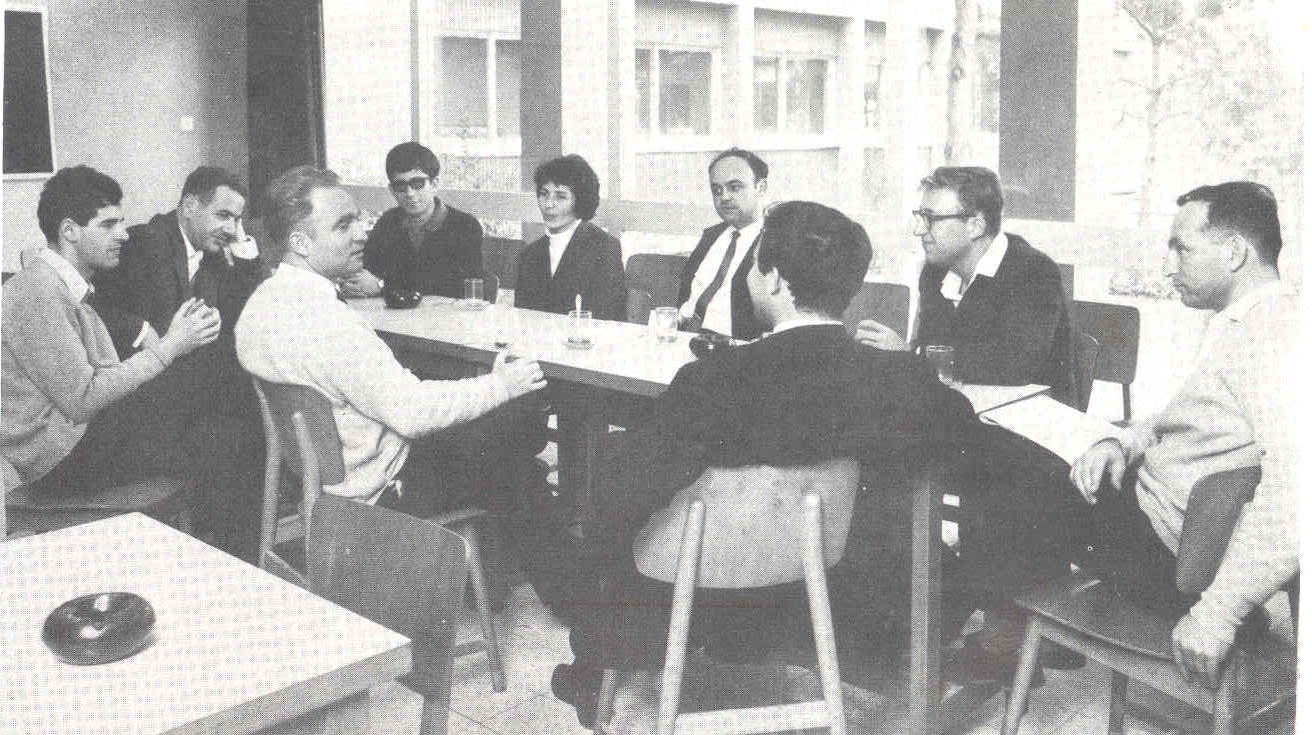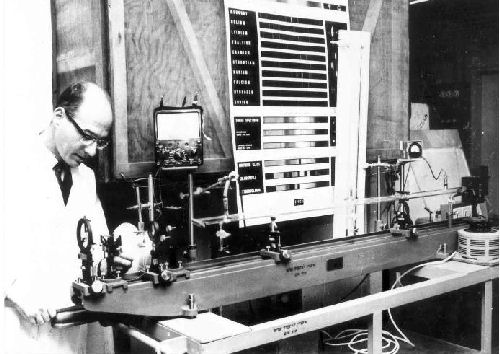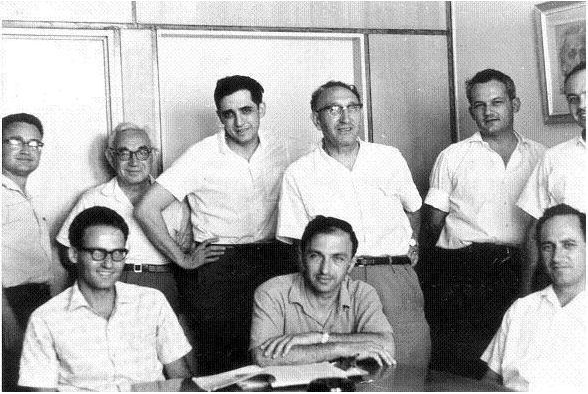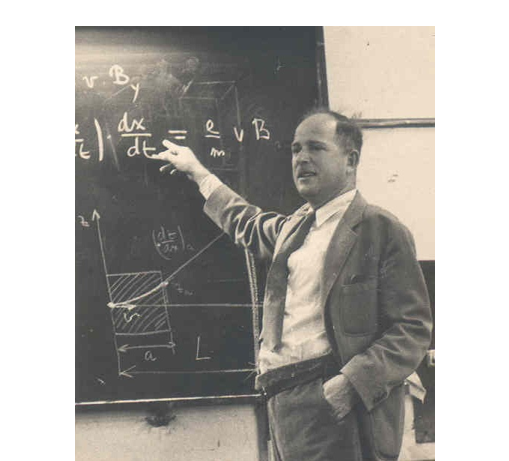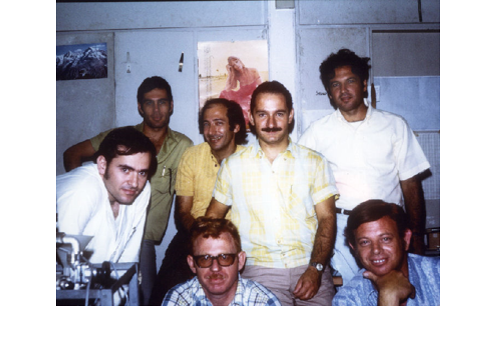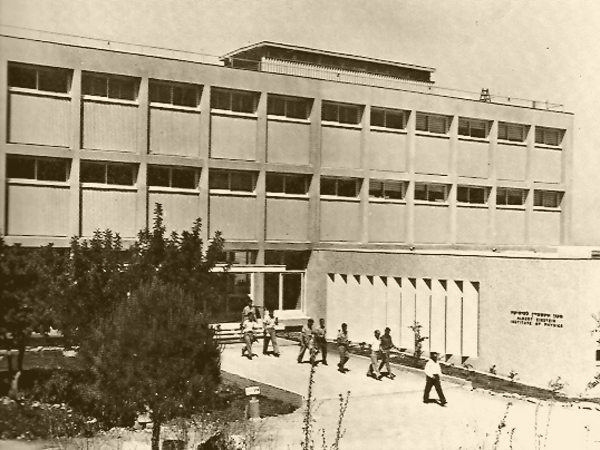During the first 30 years of its existence, the Technion had no separate science departments. When the institution first opened its doors in 1924, the initial study programs were in Civil Engineering and Architecture. However, a basic education in physics was considered important and was included in the curriculum of the Technion right from the outset. Interestingly enough, the stormy debate whether the courses should be taught in Hebrew or German bypassed the basic sciences, and Mathematics and Physics courses were taught only in Hebrew. The serious looking man in the photograph, Prof. Aharon Tcherniavsky, was given the sole responsibility for teaching Physics to all Technion students. Tcherniavsky (1887-1966), was a lecturer in the University of Geneva before coming to Palestine. He divided his time between the Reali school and the Technion. Both schools were located close to each other in the Hadar Carmel quarter of Haifa.

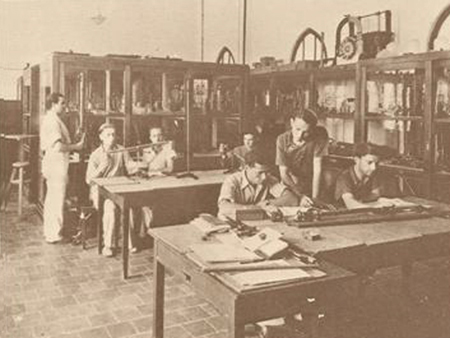
At the Technion, Bohm met a young graduate student , Yakir Aharonov. Together they were to predict what is now called the Bohm-Aharonov effect. Several young graduates of the Hebrew University joined as well. Asher Peres, who later became a Technion Research Professor, came from the Faculty of Mechanical Engineering where he was a graduate student. The first class of 6 students graduated in 1956. The head of the department for that year was Prof. Kurt Sitte, a renowned scientist in the area of cosmic rays. In 1960, Sitte, a native of Chechoslovakia, was charged with security offenses and tried. Following his conviction, Sitte left Israel. The details of this affair are not entirely clear to this day. However, it had little or no effect on the development of the department.
In 1958, the Physics department moved from the "green shack" located next to the old Technion building in Hadar to the new campus in Naveh Shaanan. The Einstein Institute of Physics shown here was established, including a separate wing donated by Eric Lidow which was dedicated to experimental physics. Lidow also invited several young researchers to specialize in experimental physics of semiconductors, then an emerging field, in his company in California, "International Rectifier Corporation". Upon their return, these researchers established a research program in semiconductors which continues to this day. The department of Physics was upgraded to a Faculty status in 1962.
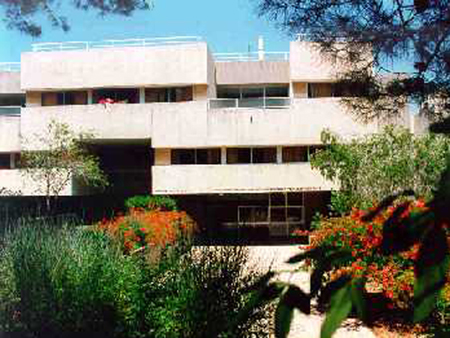
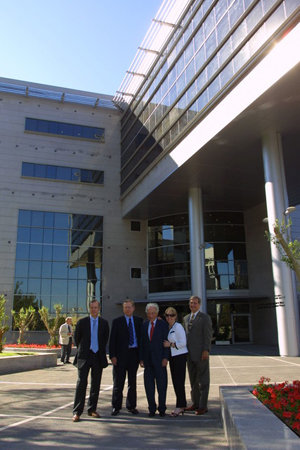
The latest addition to the Faculty is the Lewiner Institute of Theoretical Physics, established in 2006. The Institute is our window to the world at large. The Institute sponsors Distinguished Lecture Series by leading scientists and supports workshops in all fields of Physics. It offers graduate students their first glimpse of the international scene, and introduces visiting scientists to research done at the Faculty. The activities of the Institute will no doubt continue to help the development of the Faculty as an internationally recognized research center.
The Faculty of Physics today maintains a vigorous research program in all the major fields of Physics, including Astrophysics, High Energy Physics, Condensed Matter Physics and Biophysics. As in the days of Tcherniavsky, the Faculty of Physics continues to be responsible for teaching physics to all Technion students.
While the 3 year BSc Physics program remains the cornerstone of the undergraduate studies in Physics, during the last decade the Faculty realized the growing importance of interdisciplinary studies. Taking advantage of being part of the top Engineering School in Israel, several joint programs with Engineering Faculties were initiated. Today, more that 50% of our undergraduates study for double degrees in Physics and Electrical Engineering, Physics and Materials Engineering, Physics and Mathematics and Physics and Computer Science. These programs are among the most lucrative in Israel, attracting some of the best students in the country. All included, about 600 students are enrolled in the undergraduate program, and 150 more are in the M.Sc. and Ph.D. programs. Our graduates can be found throughout all the ranks of academia and industry in Israel.
Compiled by Emil Polturak ( 2007).
This compilation is based, among other sources, on the book "Technion" by Carl Alpert.
Historical Documents
"פרופ' אשר פרס יוצא למילואים..."
דו"חות וועדות המנויים - 3 ליולי 1956
"כאשר נשיא הטכניון ביקש טלפון עבור פרופ' נתן רוזן"
"פרופ' נתן רוזן - הרצאות מוקלטות מתוך קורס "יחסות כללית


